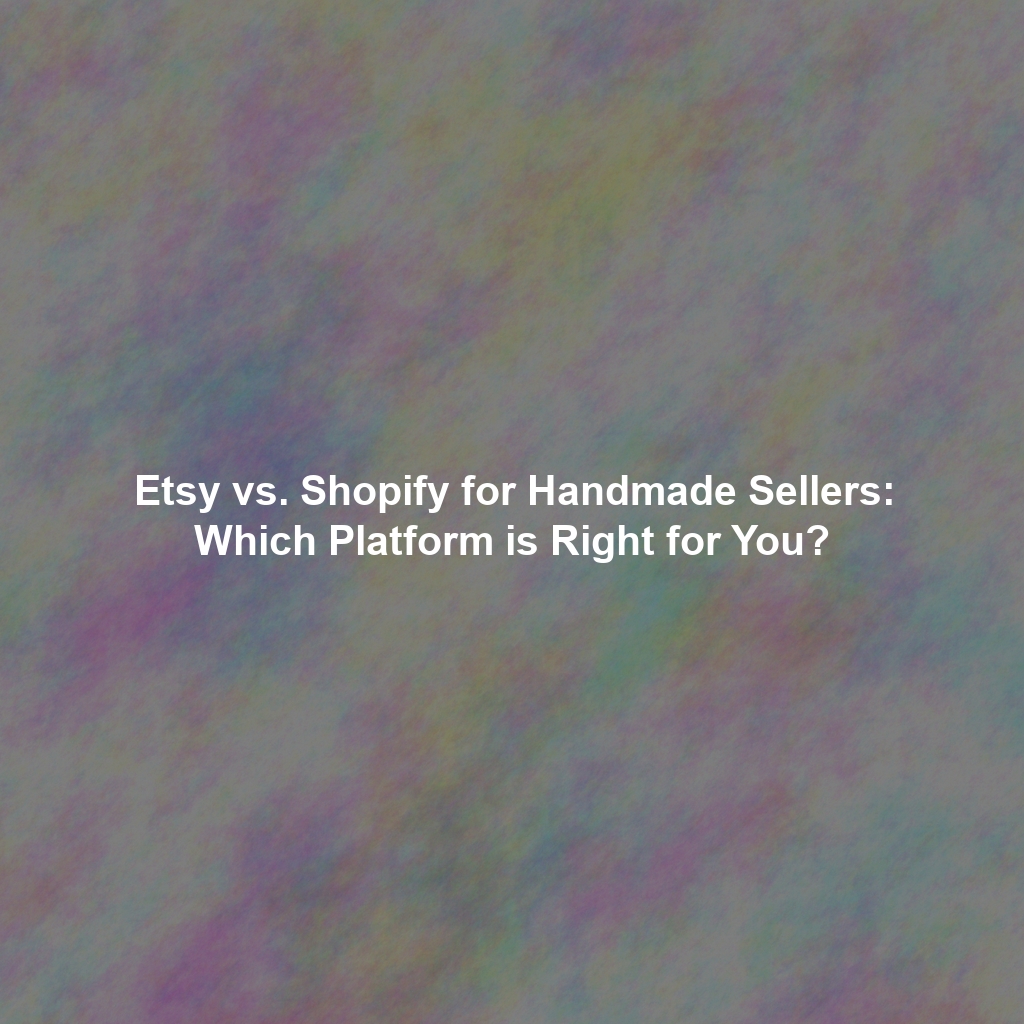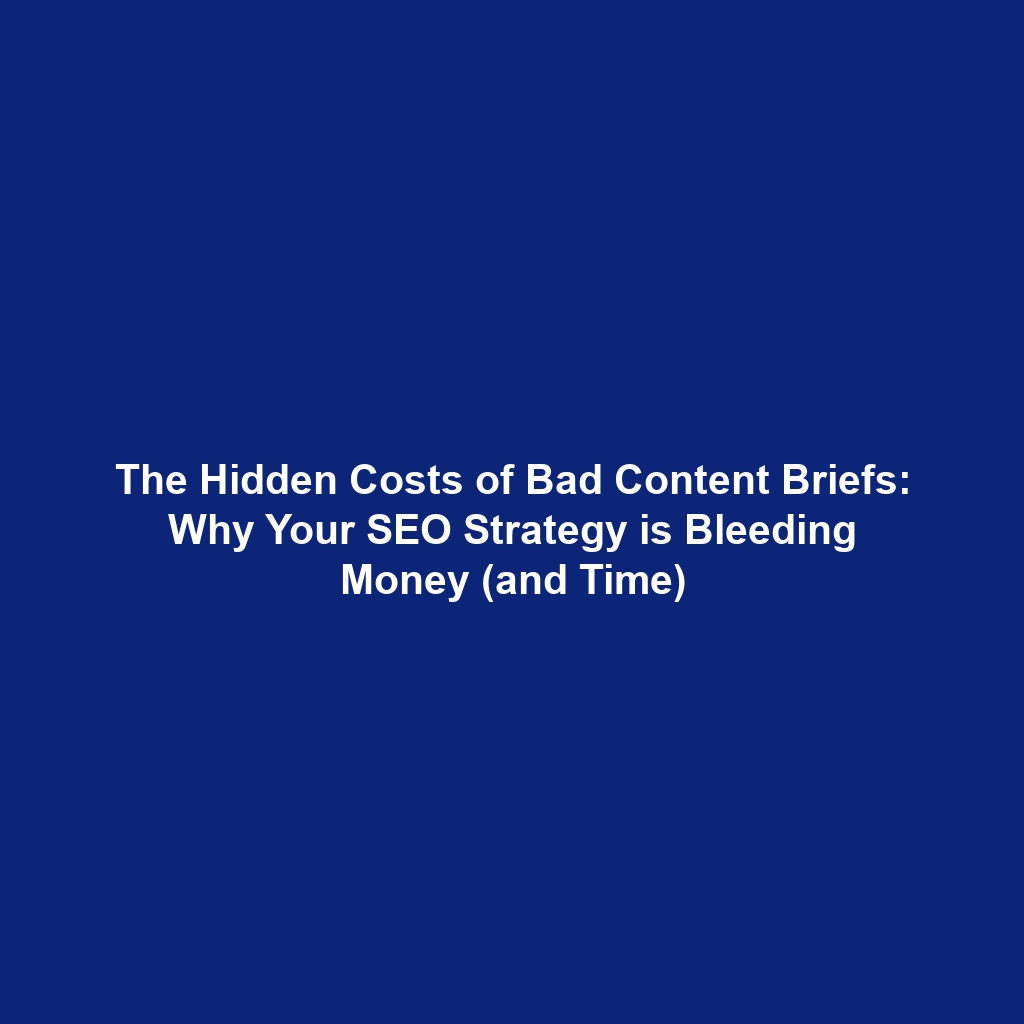Etsy vs. Shopify for Handmade Sellers: Which Platform is Right for You?
Okay, so you’re ready to ditch the kitchen table and sell your handmade creations online? Awesome! Now comes the big decision: Etsy or Shopify? Both are great, but they’re built for different stages and needs. Picking the *right* one can make or break your online sales experience.
Think of it like this: Etsy is like renting a vendor space at a super-popular craft fair. Shopify? That’s building your own online store from scratch. Let’s break down the good and bad of each, so you can choose the best fit for *your* business.
Fees and Pricing: What’s the Real Cost?
Let’s face it – money matters! Knowing the fees for Etsy and Shopify is key to figuring out your profit margins and staying in the black. I wish someone had told me this when I started selling my knitted scarves. I was shocked how much the fees ate into my earnings! Don’t make the same mistake I did.
Etsy Fees: Quick and Mostly Easy
- Listing Fees: Etsy charges $0.20 per listing, and it stays active for four months. Not bad at all, especially when you’re just getting started.
- Transaction Fees: Etsy takes 6.5% of the *total* sale (including shipping). Ouch! This can add up *fast*.
- Payment Processing Fees: These vary depending on your location but expect around 3% + $0.25 per transaction.
- Etsy Ads (Optional): You can pay to boost your listings in Etsy search. It can help get your products seen, but it’s another expense.
Shopify Pricing: More Control, More Investment
Shopify uses a subscription model. Here’s a simplified rundown:
- Basic Shopify: Around $39/month. A solid starting point for most small businesses.
- Shopify: Around $105/month. More features, like detailed reports and slightly lower transaction fees.
- Advanced Shopify: Around $399/month. Best for larger businesses with more complex needs.
- Transaction Fees: If you use Shopify Payments, fees are usually lower than Etsy’s (plan-dependent). Using a third-party like PayPal? You’ll pay *both* Shopify’s fee *and* PayPal’s. Double ouch!
- Apps (Optional): Shopify’s app store has tons of apps to add features to your store. Many are free, but some cost a monthly fee.
Actionable Advice: Build a spreadsheet! List all your *possible* costs on each platform – listing, transaction, payment processing, subscription (if Shopify), and marketing. Then, *estimate* your sales for the month and see which platform gives you the most bang for your buck.
Keeping track of all those numbers can be a real pain. That’s where TrueCraft can help. TrueCraft connects to Etsy and Shopify to automatically track your material costs, calculate your *real* profit margins, and give you a clear picture of your finances. It’s designed to help handmade business owners stop losing money and start being profitable. Check it out!
Marketing and Reach: Who’s Seeing Your Stuff?
Getting your products in front of the right people is crucial. Etsy and Shopify offer different marketing options and attract different audiences.
Etsy: Built-in Marketplace and Buyer Intent
- Huge Existing Audience: Etsy has *millions* of buyers specifically looking for handmade, vintage, and craft supplies. That’s a *huge* advantage!
- Search Optimization: Etsy’s search algorithm favors relevant results. So, optimizing your listings with keywords is essential.
- Etsy Ads: Like we mentioned before, you can pay to promote listings in Etsy search.
- Etsy’s Email Marketing: Etsy sends promo emails to subscribers, and your products might get featured.
Shopify: Control Your Brand, Build Your Audience
- Full Control Over SEO: You have *complete* control over your website’s SEO. Optimize for Google and other search engines.
- Social Media Marketing: Shopify works smoothly with social media (Facebook, Instagram, Pinterest). Great for running targeted ads and sharing your products.
- Email Marketing: You can build your *own* email list and send targeted emails.
- Content Marketing: Create blog posts, videos, and other content to draw in new customers and show off your expertise.
Actionable Advice: Think about who you’re trying to reach. Are they already browsing Etsy? Or are they more likely to find you through social media or Google? Consider where your ideal customer spends their time online and choose accordingly.
Customization and Branding: Making a Unique Shopping Experience
Branding matters! It sets you apart and creates loyal customers. Etsy and Shopify offer different levels of branding control.
Etsy: Simple, Consistent, and…Etsy-fied
- Limited Customization: Etsy has limited options. Your shop will look similar to *every* other Etsy shop. This is fine if you just want to focus on products, but it can make it hard to stand out.
- Branding Opportunities: You can customize your banner, profile pic, and shop description. But your branding will always be within the Etsy marketplace.
- Easy to Set Up: The platform is *very* user-friendly. You can get your shop online quickly.
Shopify: Total Creative Control
- Unlimited Customization: Shopify gives you *complete* control over your website’s look. Choose from thousands of themes, or hire a designer for a custom theme.
- Brand Building: Create a truly unique shopping experience that reflects your brand.
- More Complex Setup: Setting up a Shopify store takes more time and might be a little technical.
Actionable Advice: How important is branding to you? If you want a strong, recognizable brand, Shopify is a better choice. If you’re happy within the Etsy marketplace, then Etsy might be the right fit.
Target Audience: Where Do Your Customers Hang Out?
Understanding your target audience is critical. Where do they shop? What interests them? What are their expectations?
Etsy: The Handmade and Vintage Crowd
Etsy’s audience is mostly shoppers looking for unique, handmade, vintage, and craft supplies. They’re often more price-sensitive than other shoppers, but they *really* appreciate the artistry and craftsmanship of handmade goods.
Shopify: A Broader Range of Customers
Shopify’s audience is much broader. You can attract customers worldwide looking for a wide range of products and services. You have more control over targeting specific demographics and interests.
Actionable Advice: Do your homework! Talk to your existing customers (if you have them) and ask where they prefer to shop for handmade goods. Check out your competitors to see where they’re selling. The more you know about your audience, the better you’ll be able to choose the right platform.
The Bottom Line: Which Platform is Right for You?
There’s no magic bullet. The best platform depends on *your* needs and goals.
- Choose Etsy if: You’re just starting, you want a quick setup, you want access to Etsy’s audience, and you’re okay with limited customization.
- Choose Shopify if: You want complete branding control, you’re building a long-term business, you’re willing to invest time and effort, and you want to reach a larger audience.
Honestly, the best way to decide is to try *both* platforms. Start with Etsy to see if your product idea resonates and build a customer base. Then, when you’re ready to scale, think about moving to Shopify. Good luck, and happy selling!


